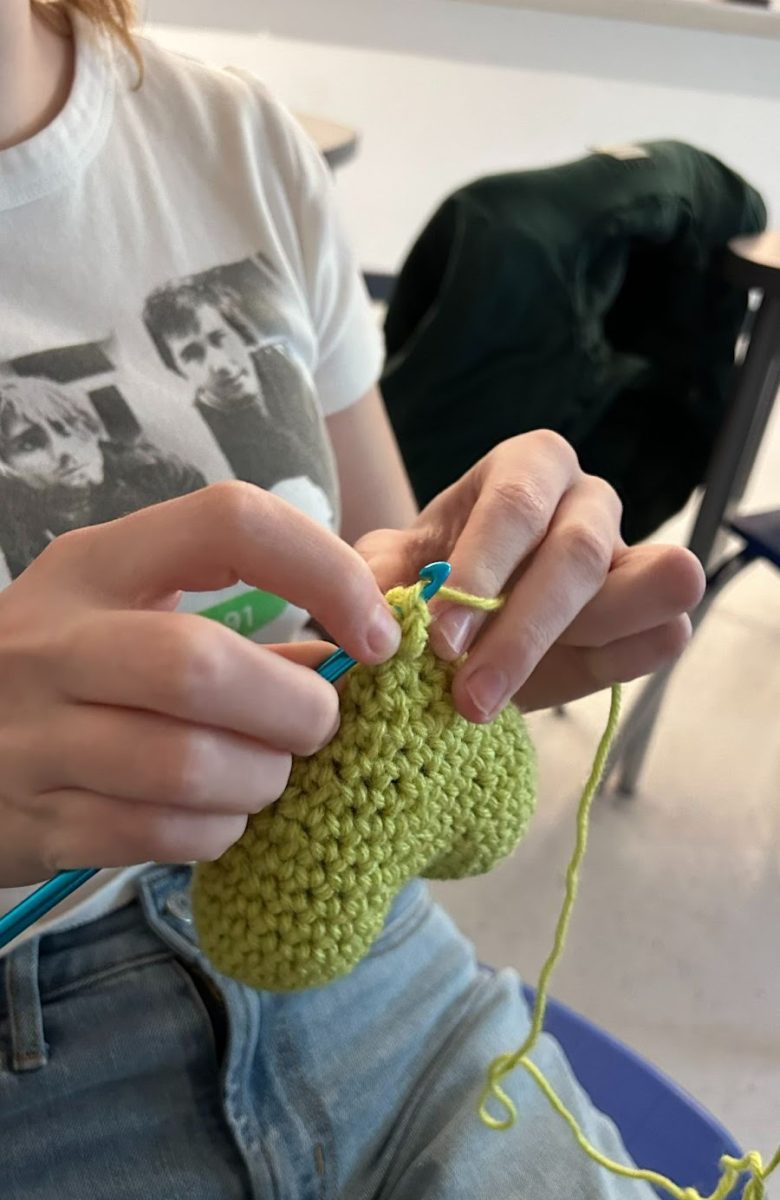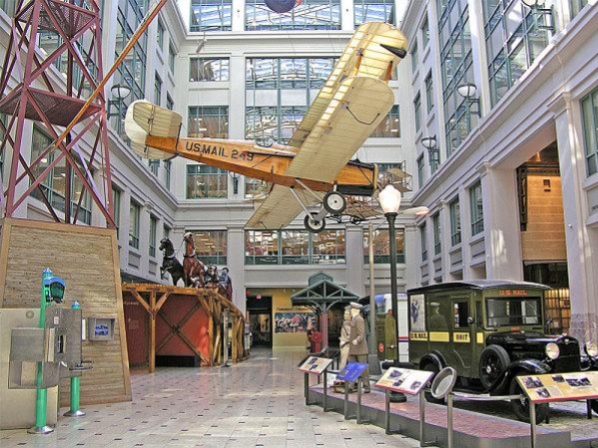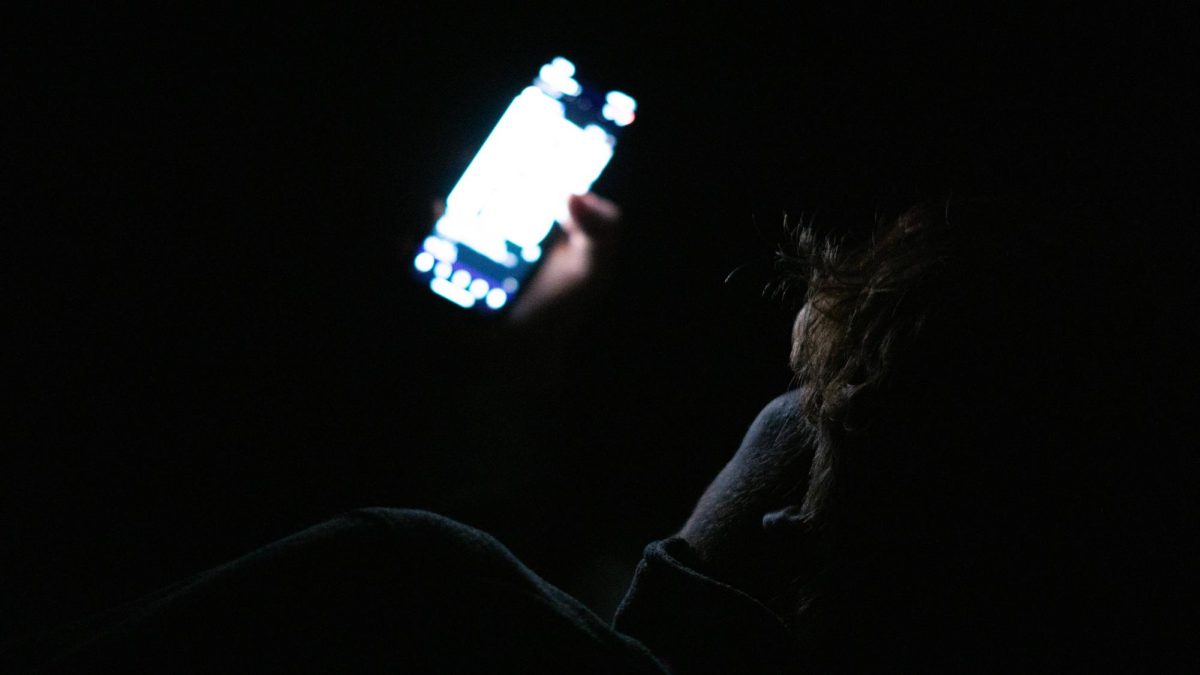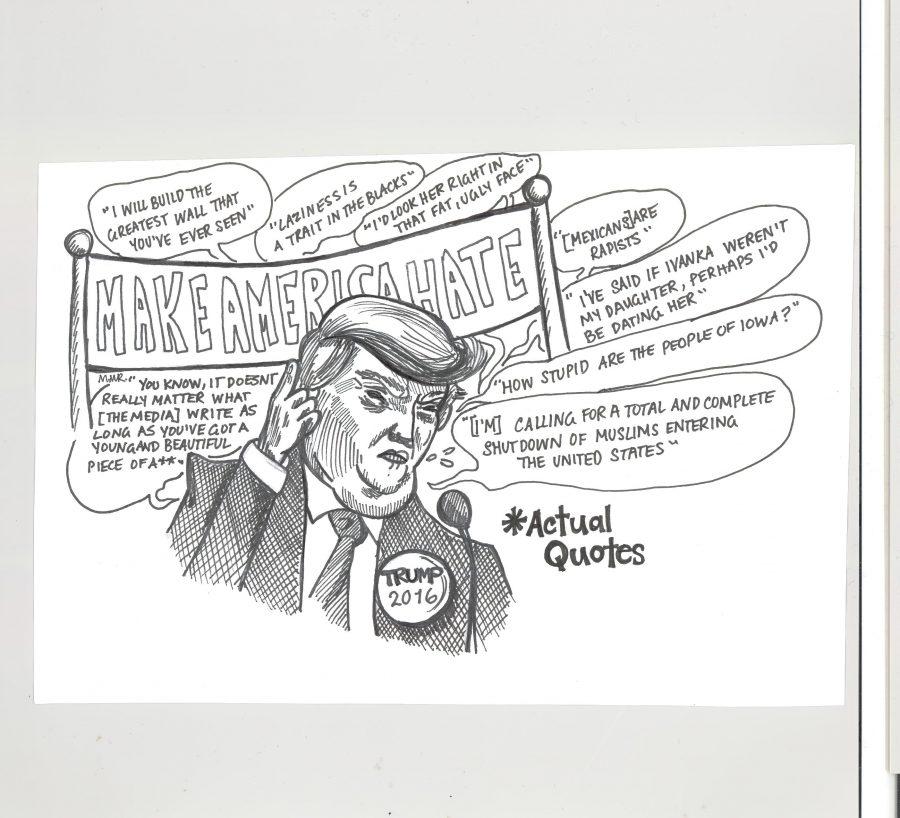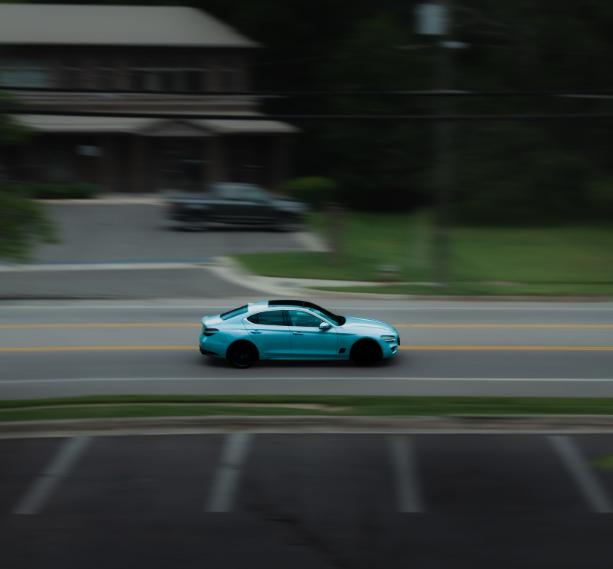Hold On to History
Those who don’t own the past are bound to repeat it. We should not just learn history from pages and movies; it’s the job of antiques to be teachers of generations.
Society looks at significant individuals, not the everyday objects. Antiques like furniture and kitchen appliances show ordinary life. During the nuclear era of the 1950s, household appliances were modeled after WW2 machines and flying atom bombs. Even cars of the time are representative of war-induced progress, featuring prominent fins with jet age styling. A 57 Chevy Bel Air, an American icon, depicts aviation innovation with skyward facing fins. The bright, candy-like cars paint a picture of an economic boom. History sees the upcoming nuclear threat of long-range ICBMs, not how people dealt with this reality on a daily basis. When looking back, we don’t see the daily struggle of food and gas rations, we see the allies storming Normandy. We may not be historians, but looking at antiques can make anyone a student.
By learning the function of antiques, I see the engineers designing the item and consumers who bought it. Consumers, the middle class’s 9-to-5 lives, are overlooked. Society is made up of everyday people, not the figureheads remembered by history. We understand the past by learning about the culture from everyday people.
Iron and steel built the foundation of mid-century life, now faux materials and cheap substances infect products, fake wood and plastics that drown in the ocean. Companies today exercise planned obsolescence instead of reliability. In the past, the average Joe kept their possessions until they failed. There was little buying and a lot of reusing; appliances were used till they fell apart. The Great Depression reinforced this need to stretch the value of the dollar. Now, disposable is the name of the game. Now, we have to keep up to date with the most recent trends: the newest iPhones and Jordans. If we don’t keep up with the newest technologies, fashion, furniture, etc., then civilization leaves us in the past.
Designers like Sarah Schreiber from House Beautiful explore this epidemic: big box stores consumerizing our lives, specifically IKEA. Free enterprise and consumerism have smothered the ability to reuse. People may say this is a choice, but we are peer pressured and tormented into updating. I have an “old” Samsung S6 that still works, yet am attacked for having an outdated phone.
When we throw away these objects, we lose part of the past, all while polluting our Earth. We need antiques to show everyday life in a world that only remembers the influential. We need to start collect antiques more and finally learn from the past.











